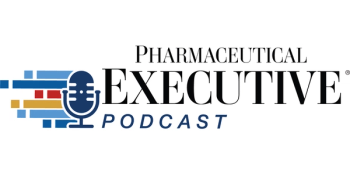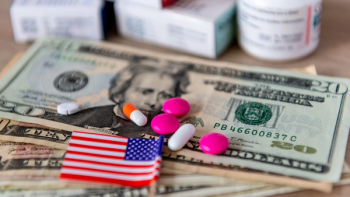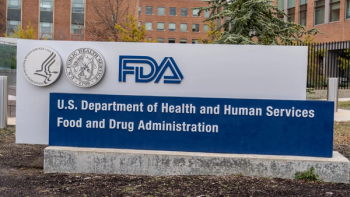
Advancing Pharma's Social Media Listening Analytics
The pharmaceutical industry still lags other industries in spending on outbound social media programs that engage customers directly.
Big Pharma’s tin ear for social, user-generated content online is softening despite regulatory anxiety. In the quest to better understand what patients and doctors need, pharma – thanks in part to a bevy of third-party service providers – is beginning to recognize and incorporate insights from social media into their development and commercialization programs, according to a report from IDC Health Insights.
The pharmaceutical industry still lags other industries in spending on outbound social media programs that engage customers directly, but they are – at least Big Pharma is – spending more on so-called inbound social media software and analytics, which lets them listen to what is being said online about brands and unmet needs and match that up marketing strategies.
A new report from IDC Health Insights, titled “Worldwide Pharmaceutical Social Media Analytics 2012 Vendor Assessment,” found that pharma marketing departments are “starving for new ways to measure market sentiment, competitive analysis and promotional effectiveness” in areas that were previously difficult to gauge, according to Eric Newmark, program director, life sciences, IDC Health Insights and author of the report. “Companies are trying to answer questions like, ‘What are the sentiments being shared by our highest targeted physicians about brands in popular online communities,’ or ‘What is the biggest unmet need among our highest targeted physicians?’”
Insights gleaned from listening in to social media conversations aren’t being widely integrated at an enterprise level just yet, but pharma is “becoming increasingly interested in integrating this information back into the broader spectrum of CRM and sales and marketing intelligence, so they can start to relate what they’re seeing online back with the actual customer profiles and CRM systems…that gives them something closer to a 360-degree view of what physicians are saying online, and actually tying that back to a [physician] profile,” says Newmark.
Some companies continue to use third party service providers as a kind of regulatory buffer, in the belief that keeping a social media wiretap at arm’s length protects them from having to report adverse event discussions – discussions which may or may not meet FDA’s criteria for reporting – but source validation, relevancy, and weighting one online conversation against another, is becoming a strong area of focus and attention for pharma, says Newmark. “You don’t want to be misinterpreting what’s out there.”
So who are the top vendors, according to Newmark’s six months of research and discussions with pharma? The leaders, in no particular order, include Indegene, Cognizant, ListenLogic, Genpact and Semantelli. On the next rung down – major players – Visible Technologies, Genpact and Radian6 made the cut; all have experience working with top pharmas.
Companies have misjudged the market in the past – Newmark gives an example of a pharma company focusing on the “fast-acting” capabilities of a product, when, come to find out, patients aren’t as concerned about fast-acting as they are about specific side effects – which makes listening software, or monthly reports from service providers, a valuable tool in the marketing arsenal.
Newsletter
Lead with insight with the Pharmaceutical Executive newsletter, featuring strategic analysis, leadership trends, and market intelligence for biopharma decision-makers.





